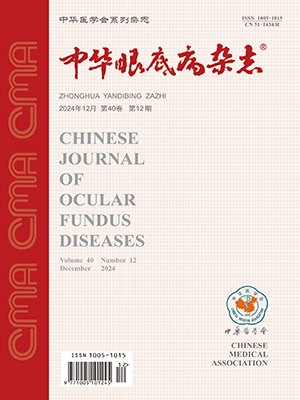Objective To investigate the expression and significance of inducible co-stimulator (ICOS) in experimental autoimmune uveoretinitis (EAU). Methods EAU was induced in 24 Lewis rats (immune group) by immunization with retinal S-antigen (50 mu;g) and complete Freund prime;s adjuvant, and another 4 rats were in the control group. Anterior segment of the rats prime; eyes were observed by split microscope every day. Immunohistochemical staining was performed using polyclonal antibodies to ICOS on the sections of the spleen which were obtained from the rats in immune group at the 7th, 12th, 15th and 21st days after immunisation respectively. Western blotting was performed to investigate the dynamic expression of ICOS protein in the spleen. The same procedures were made at the corresponding time points in the rats in control group. Results A few ICOS positive cells were observed in the normal spleen. The number of ICOS positive cells in immune group increased obviously at the 7th and 12th days after immunization, reached the peak at the 15th day, and decreased at the 21st day which was still higher than that in the control group. The result of Western blotting showed that the dynamic changes of ICOS protein was identical with the changes of positive-cell number detected by immunohistochemistry. Conclusions The enhanced expression of ICOS happens before EAU occurs, which increases when the inflammation occurs and deteriorates, and decreases at the alleviative stage of EAU. It suggests that ICOS participates in the formation, development and disappearance of EAU and plays an important role in the incidence of EAU. (Chin J Ocul Fundus Dis, 2005,21:114-117)
Citation: XING Lin,YANG Peizeng,CHEN Xuan,et al.. Expression and significance of inducible costimulator in experimental autoimmune uveoretinitis. Chinese Journal of Ocular Fundus Diseases, 2005, 21(2): 114-117. doi: Copy
Copyright © the editorial department of Chinese Journal of Ocular Fundus Diseases of West China Medical Publisher. All rights reserved




